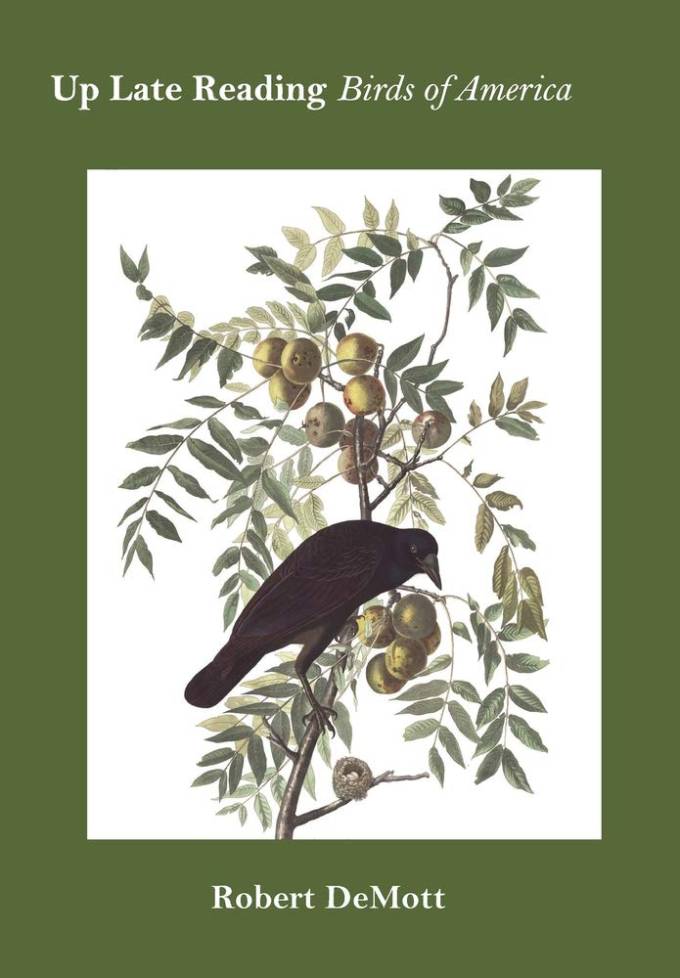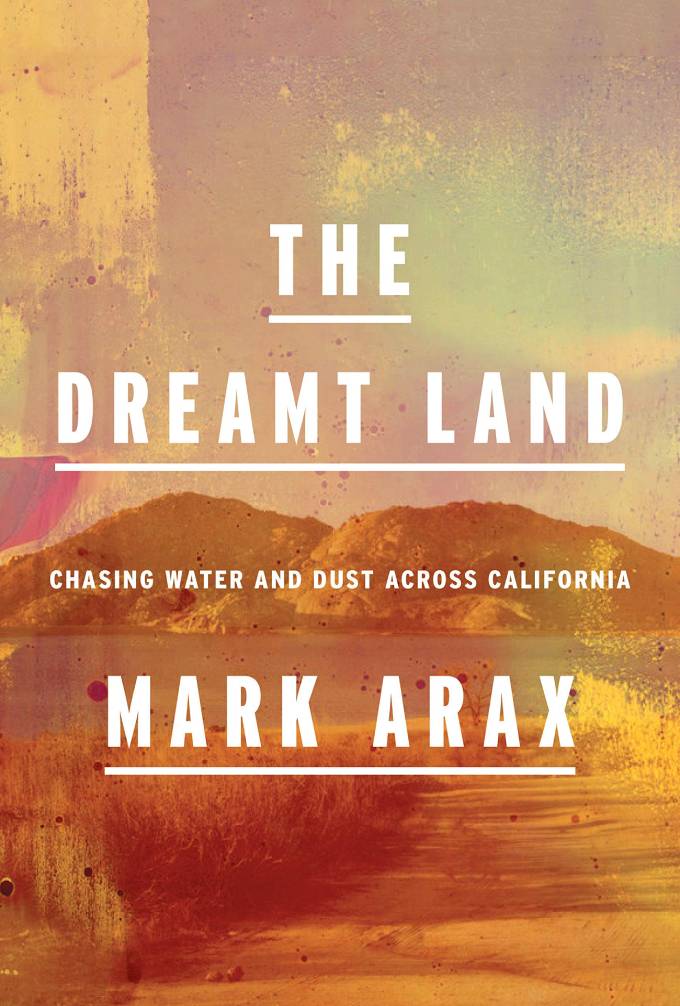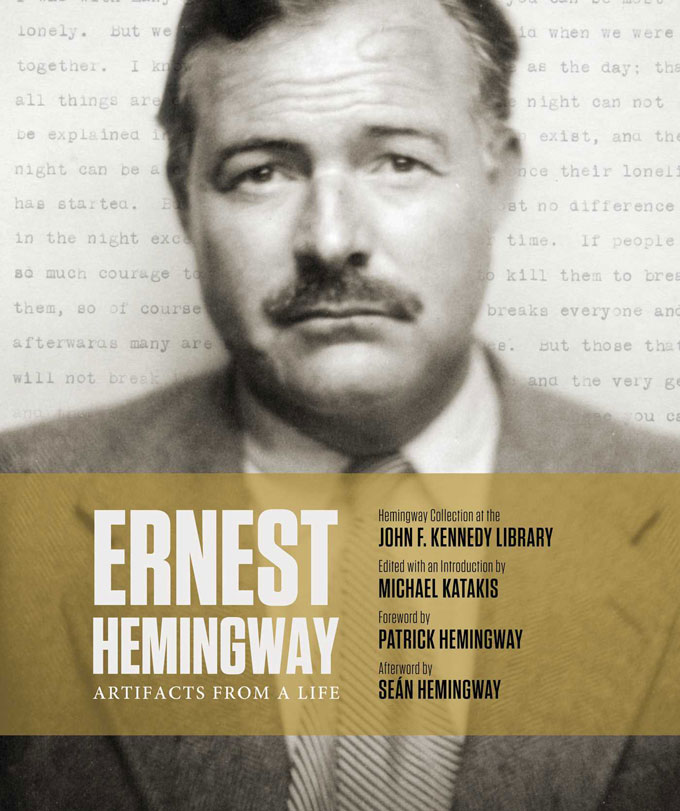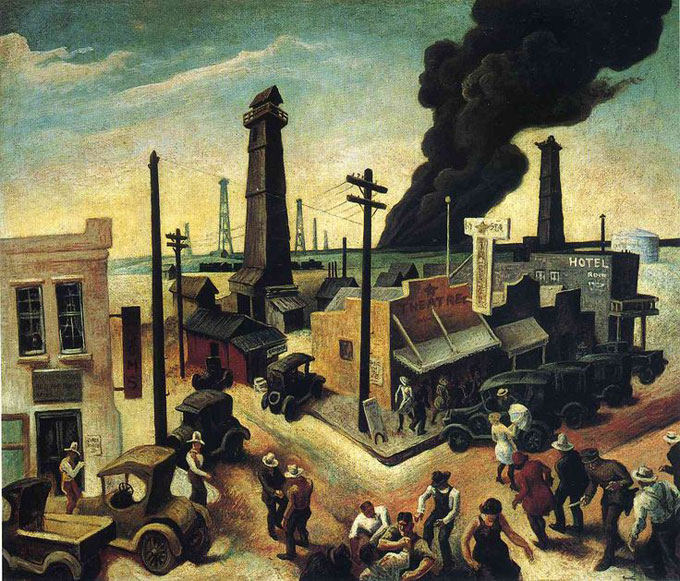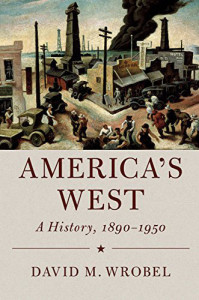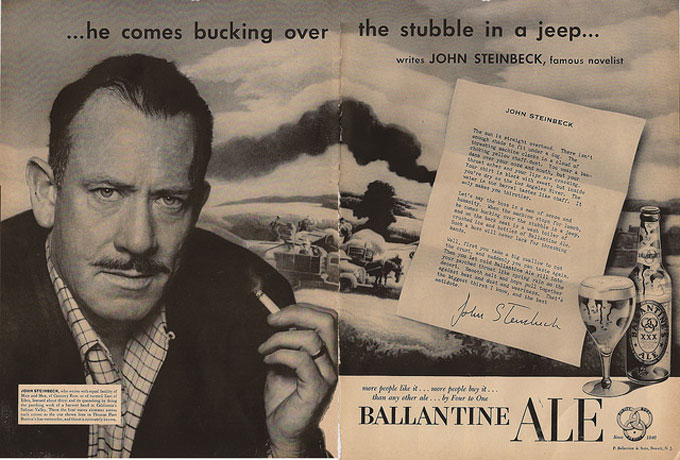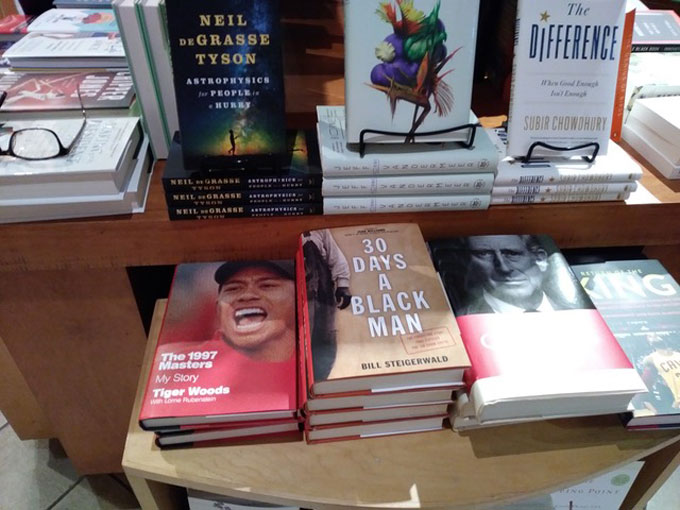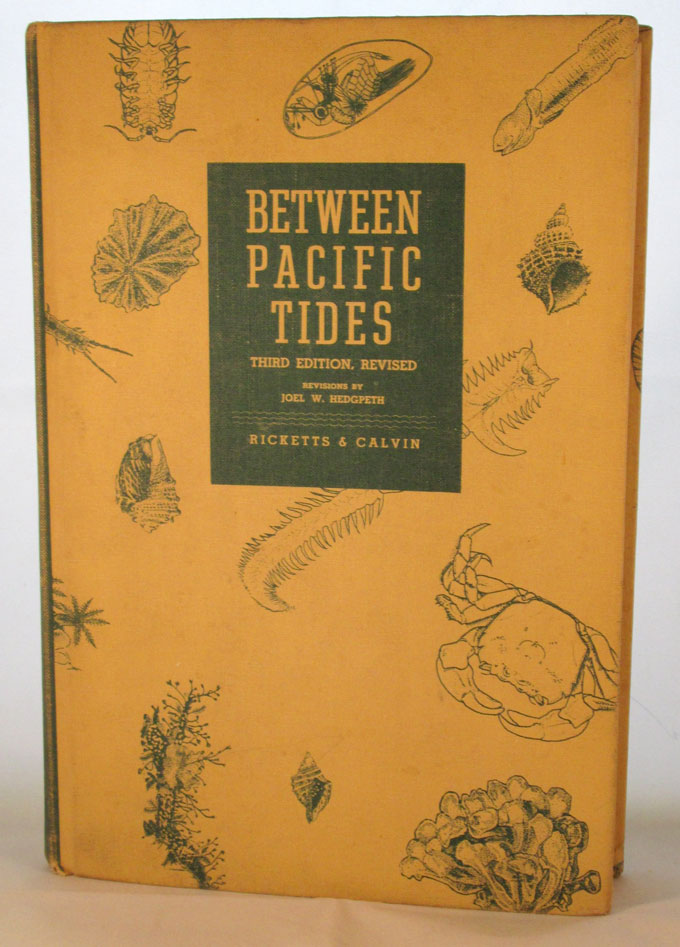Up Late Reading Birds of America, a book of “proems” by Robert DeMott, is the latest link connecting John Steinbeck scholars with the life and times of John James Aubudon, the pioneering naturalist and painter whose Birds of America (1827) remains a classic of American ornithology and art history. The author of seminal studies including Working Days: The Journals of The Grapes of Wrath (1990) and Steinbeck’s Typewriter: Essays on His Art (1996), DeMott is the Edwin and Ruth Kennedy Distinguished Professor Emeritus of American Literature at Ohio University, where he taught from 1969 to 2003. Under a Wild Sky: John James Audubon and the Making of The Birds of America (2004), a finalist for the Pulitzer Prize, was the first biography of a major figure written by William Souder, the journalist whose Mad at the World: A Life of John Steinbeck is scheduled for publication by W.W. Norton in October.
Listen as Bob DeMott reads “proetry” from Birds of America:
